The World, the Flesh, and the Devil
A HISTORY OF COLONIAL ST. LOUIS
PATRICIA CLEARY
UNIVERSITY OF MISSOURI PRESS
COLUMBIA AND LONDON
Copyright 2011 by
The Curators of the University of Missouri
University of Missouri Press, Columbia, Missouri 65201
Printed and bound in the United States of America
All rights reserved
5 4 3 2 1 15 14 13 12 11
Cataloging-in-Publication data available from the Library of Congress
ISBN 978-0-8262-1913-8
ISBN 978-0-8262-7242-3 (electronic)
 This paper meets the requirements of the
This paper meets the requirements of the
American National Standard for Permanence of Paper for Printed Library Materials, Z39.48, 1984.
Designer: Stephanie Foley
Jacket design: Susan Ferber
Typesetter: FoleyDesign
Printer and binder: Thomson-Shore, Inc.
Typefaces: AquilineTwo, Casetellar, and Garamond
FOR MY DEAREST HUGH
Contents
Illustrations
Acknowledgments
In the course of writing this book, I have acquired a variety of debts to many people, and I am delighted to have this opportunity to acknowledge their help. Many colleagues, friends, and relatives have graciously listened to me discuss the history of St. Louis, have shared their expertise on a range of subjects, and have provided hospitality as I conducted my research. It is a pleasure to thank them formally here.
My scholarly debts are vast and start with those who act as guardians of the historical record: the archivists. To the staff at the Missouri History Museum, the Lovejoy Library at Southern Illinois UniversityEdwardsville, the Mercantile Library in St. Louis, and the Williams Research Center at the Historic New Orleans Collection, I wish to express my admiration and appreciation for their tireless work, knowledge, and assistance. In particular, I wish to thank Dennis Northcott of the Missouri History Museum, who has been an excellent resource, as well as Molly Kodner and Anne Woodhouse, also of the MHM, Steve Kerber at the Lovejoy, and John Hoover and Gregory Ames at the Mercantile Library. Prints staff at the New-York Historical Society, the Louisiana State Museum, and the State Historical Society of Missouri proved uniformly helpful.
Over the years, many historians have provided sound advice and assistance. For reading and responding to different parts of this study, I thank the scholars who gathered at the Early Americanists Colloquium at the Huntington Library (the precursor to the USC-Early Modern Studies Institute) to discuss my work some years ago. More recently, Stephen Aron and Virginia Scharff offered excellent feedback at the Autry National Center of the American West. Steve, of UCLA and the Autry, with whom I share an interest in Missouri history, has been a supportive colleague, and I appreciate his interest in the project. Kitty Sklar invited me to present my work at the Rothermere Institute of American History at Oxford University, thereby allowing me to introduce my work to an altogether new audience. Tom Dublin ushered part of it to publication as a document project. Without the groundbreaking research done in the past few decades by Gilbert Din, William E. Foley, and Carl Ekberg, and in earlier decades by Clarence Alvord, Lawrence Kinnaird, John Francis McDermott, and Abraham P. Nasatir, and scores of others whose work I admire and cite in the notes, studies like this one would not have been possible. I would like to single out Bill Foley, professor emeritus, University of Central Missouri, Warrensburg, for a special thanks. After we met a few years ago at a Western History Association conference, Bill extended to me extraordinarily generous scholarly support, volunteering to read drafts of essays, promoting my work to editors, and sharing with me his unparalleled expertise in the history of the region. He is a model of a collegial scholar engaged in a common enterprise, and I thank him. I also owe a debt to my friend and fellow historian Andrew Hurley, whose interest in the environmental history of St. Louis first prompted me to explore its colonial period. Without the initial impetus of the collection of essays he planned, I might never have embarked on this challenging and rewarding project; I thank the Missouri History Museum for granting permission for material in that essay to be reprinted here. Finally, I thank my editor at University of Missouri Press, Clair Willcox, for his long-standing interest in the project; the readers he enlisted for their useful and welcome feedback; and Ann Youmans for her careful copyediting of the manuscript.
Financial support for this project has come from the National Endowment for the Humanities, the Missouri History Museum, the Institute for the Study of the American West at the Autry National Center, and California State University, Long Beach (CSULB). My home institution, CSULB has provided me with regular reductions to my teaching load to allow me time to work on this project, testimony to the universitys ongoing commitment to and recognition of the importance of scholarship. Teaching the diverse student body at CSULB continues to challenge me to think about the uses and representations of the past.
Many colleagues at CSULB, in history and other departments, have gone out of their way to provide me with personal support, intellectual engagement, and fond friendship, especially the history department chair Nancy Quam-Wickham, who has been a champion of faculty and scholarship in the midst of dire budget crises, Sebouh Aslanian, Catherine Brooks, Susan Carlile, Jane Dabel, Kathleen DiVito, Cris Hernandez, Ali men, Marie Kelleher, Tim Keirn, Eileen Luhr, Brett Mizelle, Caitlin Murdock, Dave Neumann, Pamela Roberts, Sarah Schrank, Norbert Schrer, Lise Sedrez, David Shafer, the late Sharon Sievers, and Sean Smith. Houri Berberian has been an especially stalwart source of support and humor. Over the years, other scholars at CSULB and elsewhere have assisted with research questions, translation issues, and maps, including Nicole Albert, Vincent Del Casino Jr., Shannon Lee Dawdy, Clorinda Donato, Steve Fleck, David C. Hood, Troy Johnson, Michael Leroy Oberg, Robert Mazrim, Eric Sandweiss, Jennifer Spear, and Elliott West. Historian and judge Morris Arnold steered me to a valuable source, for which I am grateful. I also want to thank my friend and colleague Claire Emilie Martin for help with fine points of translation. Other dear friends have sustained me with food, drink, and companionship: Amy Bentley-Smith, Franz Goebel, Tim Meeks, and Kim Trimble.
My family ties to St. Louis have made this scholarly endeavor a personal project in ways I did not anticipate. I came to the study of colonial St. Louis with the questions of the historian, supplemented by the peculiar curiosity of the hometown native trying to fill in some blanks in her early education. Throughout, I have had my numerous family in mind as my potential readers. To my delight, my interest in early St. Louis has been matched by the enthusiastic response and assistance of several of my siblings, who have helped me in a variety of tangible ways. For their generous hospitality during my research trips to St. Louis, I want to extend a special thanks to my brother Mike and sister-in-law Carol Lillian Cleary; brother Kevin and sister-in-law Celeste Cleary; and nephew Mike and his wife Megan Cleary. Just saying thank you does not altogether capture how much I have enjoyed our visits. My brother Mike also accompanied me on a Cahokia Mounds excursion, sent me newspaper updates on the fate of Sugar Loaf Mound, and accepted a last-minute, long-distance research mission, heading off with alacrity to the archives. My brother Kevin drove me to the confluence of the Missouri and Mississippi, where flood waters on the northern shore of the Missouri impeded our progress and reminded me why the Spanish decided not to build a fort there in the 1760s. While I stayed at their parents home, nephew Kevin Cleary and niece Angela Cleary displayed seemingly genuine interest in the history of St. Louis, and for that I thank them.

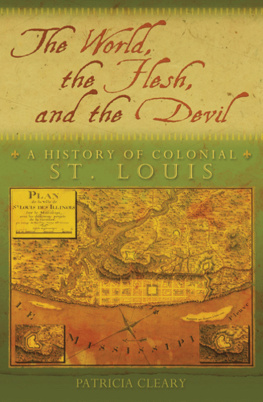

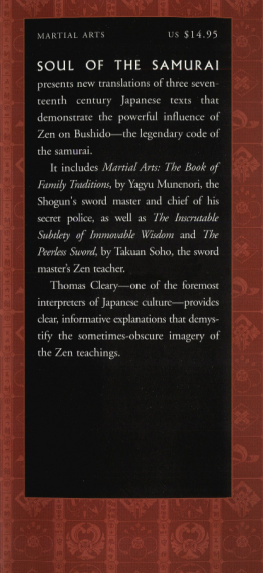
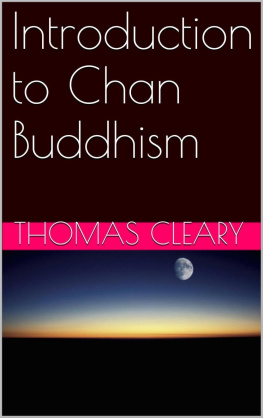
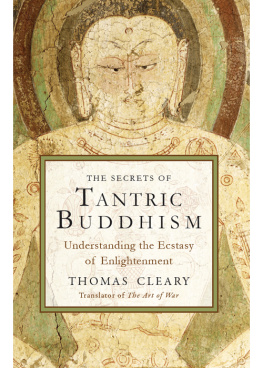
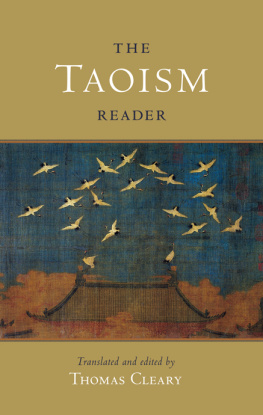
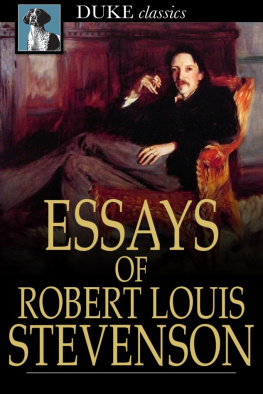
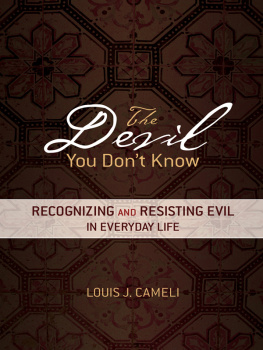
![Louis de Montfort - The Saint Louis de Montfort Collection [7 Books]](/uploads/posts/book/265822/thumbs/louis-de-montfort-the-saint-louis-de-montfort.jpg)
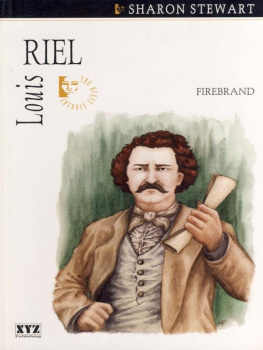
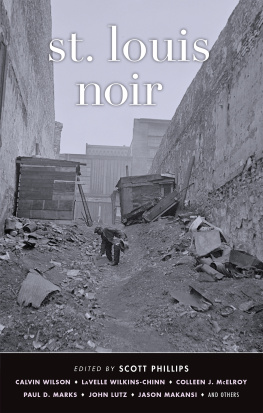

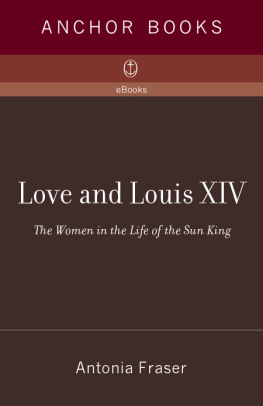




 This paper meets the requirements of the
This paper meets the requirements of the